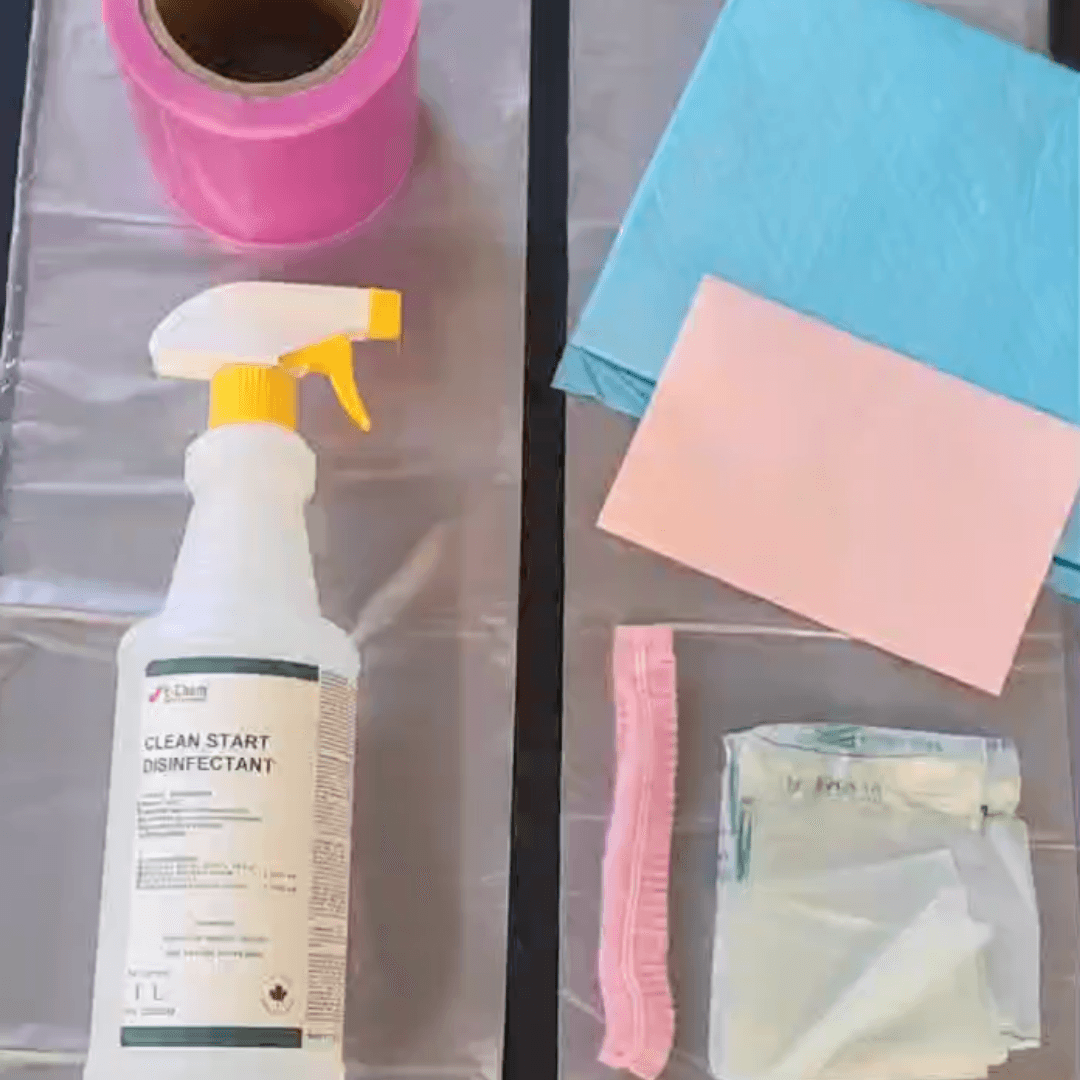Email Best Practices
Every form of communication, from text to in-person meetings, builds your brand. Well-written emails can help your brand blossom and mistakes can leave a poor impression on your brand. Here are a few best practices when it comes to emails.
- Use actual greetings and signoffs.
While email threads can run long, email is still a bit more formal than texts. Use
greetings and signoffs to maintain professionalism. P.S. There are many ways to add voice to your greetings and signoffs so that it is professional yet personal.
- Follow their lead.
An email thread is a conversation over time. Adjust the level of formality based on the responses you get. For example, if the sender or recipient drops titles, uses abbreviations or adds emojis, it would be appropriate to do so yourself.
- Respond promptly.
Don’t make people wait for a reply. Replying in a timely manner shows that you care about the matter at hand, even if you do not have an outcome yet. Answer the questions you can and let the sender know what is in progress.
- Write good subject lines.
Subject lines should get the recipient’s attention, but accurately describe what the email is about. Vague and overly exciting subject lines result in email fatigue.
- Make specific requests.
Emails should make specific requests and end with calls-to-action that the recipient can act on, whether it is to set up a 1:1, to edit a Doc, to share an asset, or go to a link.
- Use Grammarly.
Grammarly is a great tool for checking the spelling, grammar, and tone of your email before hitting send.
Effective email communication goes a long way. What are your email tips and tricks?



Leave a comment
This site is protected by hCaptcha and the hCaptcha Privacy Policy and Terms of Service apply.